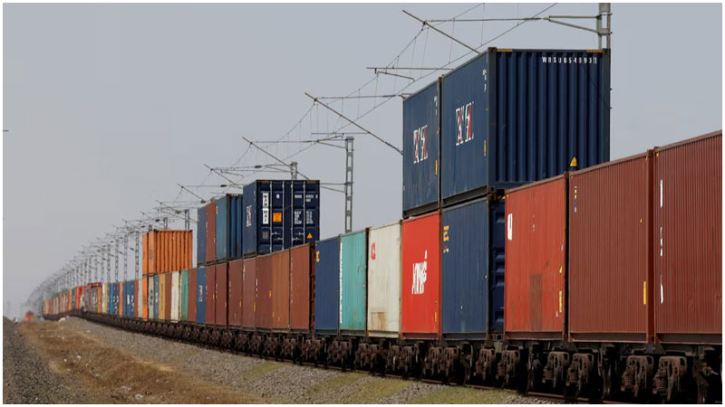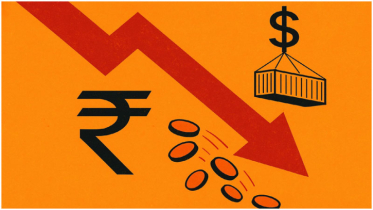India faces major export setback as US tariffs take effect

Indian exporters are preparing for heavy disruptions after Washington confirmed it will impose an additional 25% tariff on all Indian-origin goods starting Wednesday, sharply escalating trade tensions with New Delhi.
The new measure, announced in a U.S. Department of Homeland Security notice, will push total duties on Indian shipments to as high as 50%—among the steepest ever levied by the U.S. The move follows President Donald Trump’s decision earlier this month to penalize India for stepping up purchases of Russian crude oil, which Washington sees as indirectly supporting Moscow’s war in Ukraine.
The duties will apply to all imports entering the U.S. for domestic consumption from 12:01 a.m. EDT (9:31 a.m. IST) Wednesday. Exceptions will cover in-transit consignments with proper clearance, humanitarian relief, and items under reciprocal trade schemes.
The impact was felt immediately in financial markets: the Indian rupee slipped 0.2% to 87.75 per dollar, while benchmark stock indices and traded nearly 0.8% lower despite broader dollar weakness globally.
Exporters Sound Alarm
Industry groups estimate that up to 55% of India’s $87 billion in annual exports to the U.S. could be affected, dealing a major blow to key sectors such as textiles, processed foods, leather goods, engineering products, and marine items.
“The U.S. clients have already frozen new orders,” said Pankaj Chadha, president of the Engineering Exports Promotion Council. “With these extra duties, we could see exports fall 20–30% from September.”
Chadha added that while New Delhi has promised financial aid—such as cheaper credit and subsidies to explore alternative markets—exporters see limited immediate opportunities to divert shipments elsewhere or absorb sales domestically.
Government’s Position
An official from India’s Commerce Ministry, speaking anonymously, admitted there was “no expectation of immediate relief or delay” in the U.S. tariff action. The government is instead working on a strategy to expand sales to nearly 50 other countries, including in Latin America, China, and the Middle East.
Prime Minister Narendra Modi has maintained that India will protect the interests of its farmers and producers, even if it means bearing short-term pain. He is also set to visit China at the end of the month—his first trip in seven years—as part of a broader diplomatic push.
Economic Fallout
Private analysts warn the tariffs could slow India’s economy. Capital Economics estimates the duties could shave 0.8 percentage points off India’s GDP growth in both 2025 and 2026, potentially triggering the sharpest earnings downgrades in Asia despite domestic tax cuts under discussion.
Meanwhile, Foreign Minister S. Jaishankar noted that Washington’s criticism of India’s oil purchases was inconsistent, since other major buyers like China and EU states had not faced similar scrutiny. Refining companies said they had received no directive from New Delhi to curb Russian oil imports, and would continue sourcing based on commercial viability.
.png)




